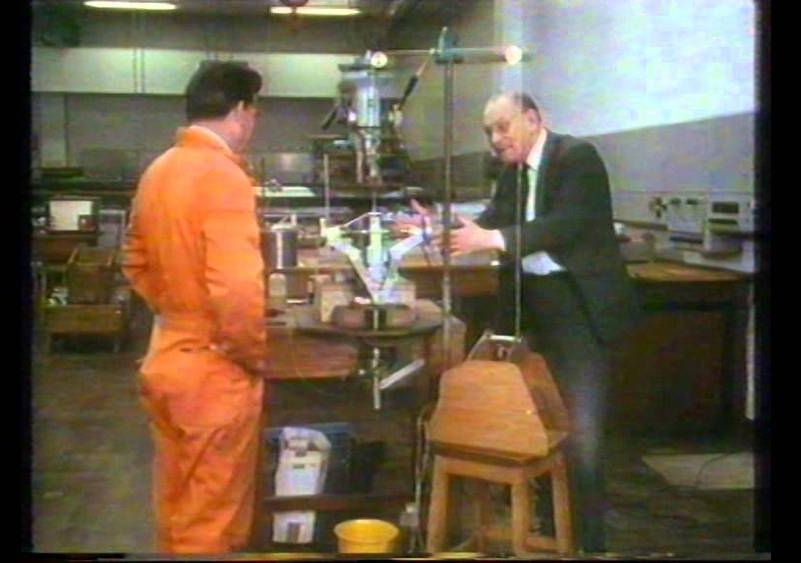Oct 3, 2020
SpaceX’s Starlink Public Beta Testing Will Begin ‘Very Soon’
Posted by Genevieve Klien in categories: Elon Musk, internet, satellites
Starlink Render Created By: ErcX @ErcXspace
SpaceX is looking forward to providing Starlink satellite broadband internet service globally. The company aims to initially offer connection in rural areas of the northern United States and Canada before this year ends. A total of 4,409 internet-beaming satellites will initially make up the Starlink constellation; t here are around 708 satellites already in low Earth orbit. SpaceX is Private Beta Testing the network among employees. Starlink users receive broadband service from the satellites in space via a user dish terminal that is easy to install. “The instructions are super-easy. You plug it in, and you point it at the sky, and a few seconds later you have internet. It’s truly remarkable,” Jonathan Hofeller SpaceX Vice-President of Starlink and Commercial Sales said in July.
SpaceX’s Starlink network is also undergoing real world use with Washington state’s unit of first responders, who are helping rebuild after wildfires destroyed the small town of Malden early September. The emergency telecommunications leader of the Washington State Military Department’s IT division, Richard Hall, told reporters he set up Starlink user terminals in locations that are severely devastated by the fires, to provide families broadband access that enables them to perform wireless calls and connect online. In his job profession Hall has set up a variety of satellite services, he stated that “there’s really no comparison” between Starlink and other networks. “Starlink easily doubles the bandwidth” in comparison, “I’ve seen lower than 30 millisecond latency consistently,” he told CNBC news last week. — “Starlink will be a revolution in connectivity, especially for remote regions or for emergency services when landlines are damaged,” the founder of SpaceX Elon Musk said.


















